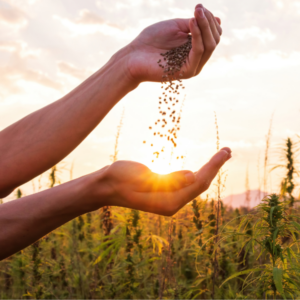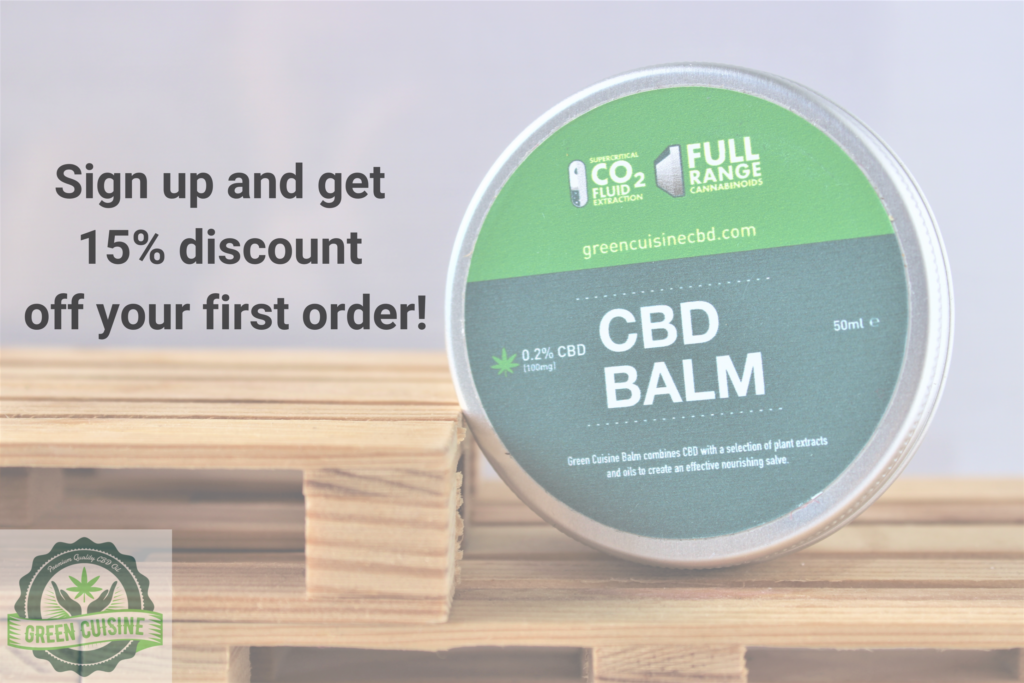Human beings have been using hemp for thousands of years before the first civilizations emerged. The versatile plant remained an important cash crop until laws were passed in the 20th century to restrict marijuana consumption, which led to a decrease in hemp production. With fears over marijuana waning and a global climate crisis looming, hemp is becoming popular once again.
In addition to providing early humans with a valuable source of fuel, hemp was used to make items that are now commonly produced using cotton, wood, and petrochemicals. Organizations and governments around the world are now looking for ways to make the products we use every day in a more sustainable way, which has led to a resurfaced interest in hemp.
How is Hemp Sustainable?
Hemp is a sustainable crop and one of the fastest-growing plants on earth. In fact, cultivating it requires very little water and no pesticides. The plant also absorbs carbon dioxide from the atmosphere and returns crucial nutrients to the topsoil. These benefits alone would make planting hemp a good idea, but the plant has a great deal more to offer.
Just about anything made with cotton, soy or corn can be made better with hemp. Not to mention the plant is zero-waste! This means 100% of the plant can and is used and nothing goes to waste. Textiles and rope are made out of the stalk’s outer covering, and its woody center is used to make products ranging from construction materials to paper. Hemp seeds are packed with protein, essential fatty acids, fiber and phytonutrients, and can also be pressed to make oil for use in plastics, adhesives and paints. Even the plant’s leaves can be turned into a nutritious juice.
Saving the World
The products that can be replaced with sustainable and environmentally friendly hemp contribute greatly to the build-up of greenhouse gases in the atmosphere and the recent surge in global temperatures. Here are just a few of the products destroying our planet that we could make with hemp instead.
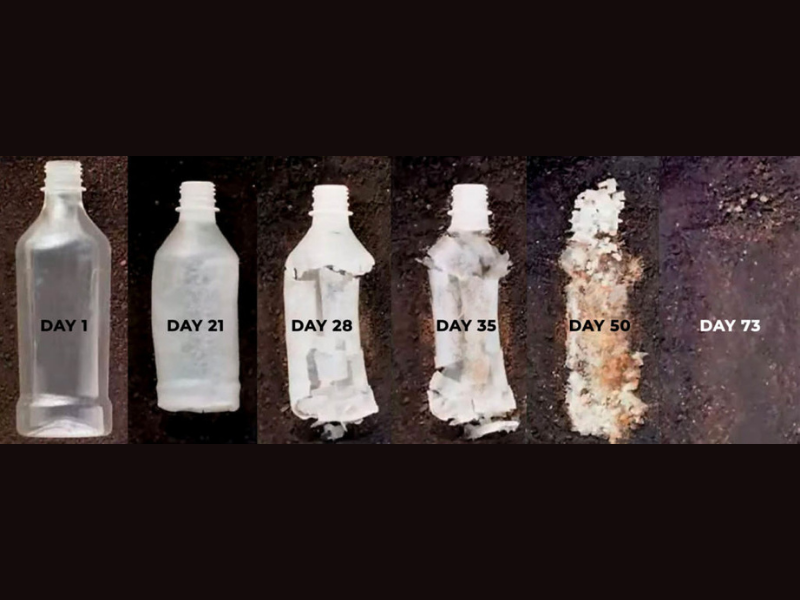

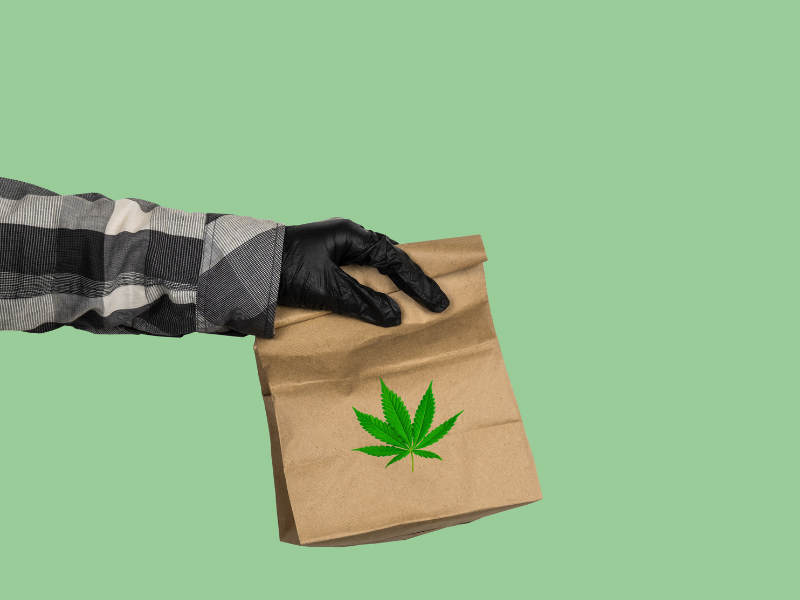
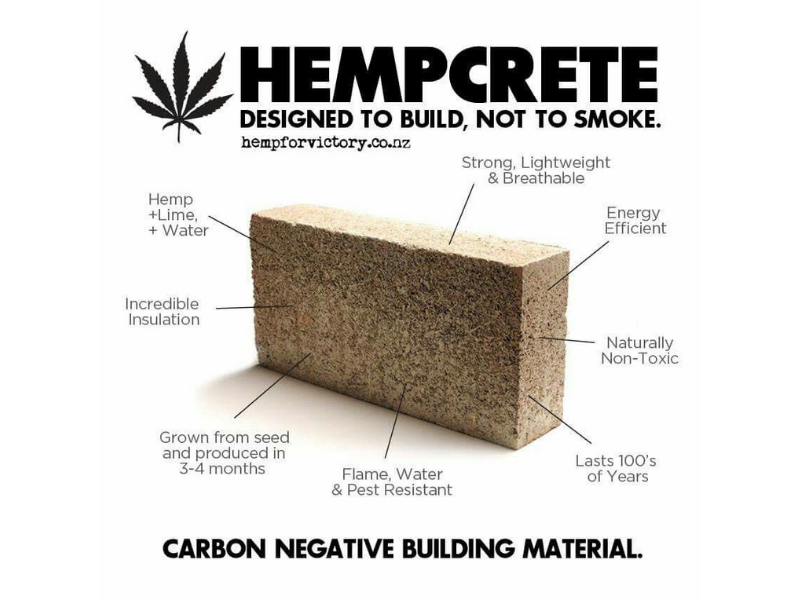
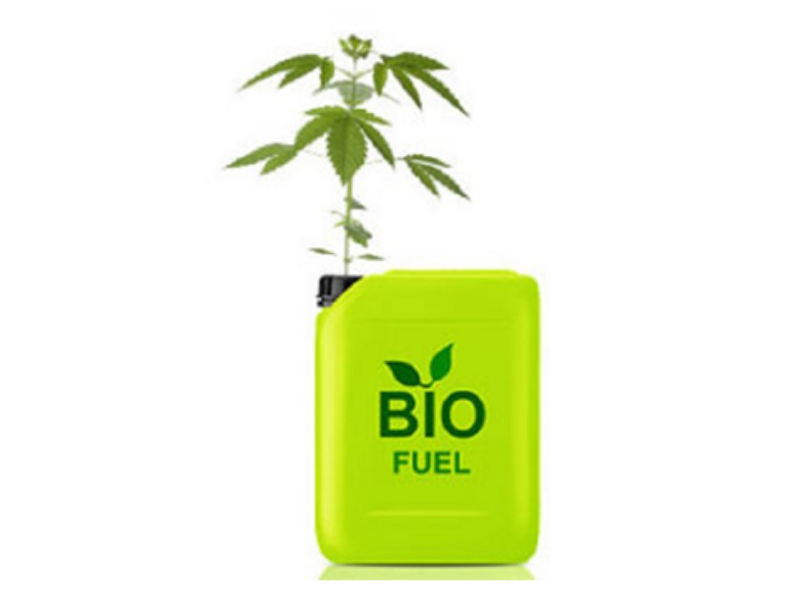
Plastic
Most plastic, such as grocery bags and water bottles, is produced using fossil fuels. Plastic manufacturing releases millions of tons of carbon dioxide into the atmosphere each year, and the substance takes centuries to break down. Scientists say that if an alien race visits the earth in the distant future, plastic will be the only evidence of human existence they will find.
Plastics made out of a mixture of hemp and other plant fibers offer manufacturers a green alternative to using oil-based polymers, and companies including Lego and Coca-Cola are already using hemp plastic to make or package their products. The power is definitely in the consumer’s hands, however, big corporations also have to take accountability for the years of cutting corners to maximize profits with unethical material sourcing!
Textiles
Making fabric was one of the first uses early humans found for hemp, unlike most of the clothes sold today, which are made out of cotton or synthetic materials like polyester. Cotton is now the world’s most profitable non-food crop, but it has several huge drawbacks. According to the WWF, the pesticides used to grow cotton accumulate in the soil to poison ecosystems and contaminate mass amounts of drinking water.
If hemp clothing becomes the next hottest fad, that’s a good thing, as hemp fabric provides an alternative to cotton that nurtures rather than toxifies the soil. Plus, you can grow about three times as much on each acre of land. Moreover, its fast-growing roots absorb contaminants from the soil and transform those toxins into harmless compounds in a process known as phytoremediation. Textiles made out of hemp are also breathable, resistant to fire, and a lot stronger than cotton.
Paper
Deforestation is quickly becoming a global environmental disaster, and many of the trees chopped down each year are turned into pulp to make paper and cardboard. Hemp is a sustainable material, and making paper out of it instead of wood results in a product that is stronger, does not yellow as it ages, and can be recycled six or more times.
Cultivating the raw materials required is a far more efficient process. While a tree is grown for two or three decades before being cut down to make paper, a hemp plant grows to full maturity in under three months. Hemp paper is also free of bleach, which means manufacturers do not have to use toxic chemicals to whiten it.
Construction Materials
You may be surprised to learn that hemp can be used to replace building materials like concrete and wood. When experts from the British Government’s Department for Business, Innovation and Skills looked into low carbon construction practices, they discovered that traditional building methods were responsible for almost half of the country’s total carbon dioxide emissions.
‘Hempcrete’, which is concrete made out of industrial hemp, lasts for centuries and is much lighter than standard concrete, yet just as strong. It is also non-toxic and resistant to both pests and mold. Hemp can also be turned into a wood alternative for making floorboards, doors/window frames, and the plant can even be used to create a product far stronger and more resilient than steel. Who would have thought?!
Fuel
Humans burned hemp oil for heat and light for centuries before switching to fuels made first out of whale blubber and then oil. While hemp oil is no longer a viable alternative to burning fossil fuels for electricity production, the plant could still have a major role to play in reducing energy emissions.
Biodiesel made from hemp oil can be used in any diesel engine without modification. Even the plant’s stalks can be turned into methanol and ethanol! Hemp-based fuels release fewer greenhouse gasses when burned than gasoline or regular diesel, and they are both non-toxic and biodegradable.

Is Hemp Oil the Same as CBD Oil?
After reading or hearing about them, you may be wondering what the difference between hemp seed oil and CBD oil is. Here’s the skinny: They are both derived from the cannabis plant, but CBD oil manufactured from the leaves, flowers, and stems, whereas hemp seed oil is made by extracting oil from the plant’s seeds. Products containing them do not cause a high, since the THC levels in them tend to be extremely low or non-existent. For instance, Green Cuisine’s CBD herbs and other hemp-based products are similar to marijuana but without the psychoactive effects of THC.
A Green Future
Some may consider it ironic that a plant first cultivated by human beings thousands of years ago could be the key to safeguarding the planet’s future. Moving from cotton, wood, plastic, and concrete to hemp could protect the planet’s topsoil, conserve crucial resources and reduce pollution and waste. Making the switch does not require huge investments in technology or infrastructure either.
There are currently less than a million acres around the world devoted to growing hemp, but that figure is expected to grow exponentially in the years ahead as people and manufacturers learn more about the environmental and societal benefits of hemp-based products.



